The ocean has always been a realm of mystery, harboring creatures that defy our understanding of biology. Among its most enigmatic inhabitants is the octopus—a master of camouflage, problem-solving, and, as recent research suggests, genetic self-editing. Scientists have uncovered that these cephalopods possess an extraordinary ability to modify their own RNA, a discovery that could revolutionize our understanding of genetic flexibility and adaptation. Unlike most animals, which rely solely on DNA to pass down genetic instructions, octopuses appear to be active participants in their own genetic destiny, tweaking their RNA in real time to respond to environmental challenges.
The discovery of RNA editing in octopuses emerged from studies comparing their genetic material to that of other mollusks. Researchers found that octopuses exhibit an unusually high rate of RNA editing, particularly in genes related to nervous system function. This ability allows them to fine-tune proteins in response to temperature shifts, predation threats, or even social interactions. While RNA editing occurs in humans and other animals, the scale and precision observed in octopuses are unparalleled. It’s as if they’ve unlocked a hidden layer of genetic control, enabling them to adapt on the fly without waiting for evolutionary mutations to take hold.
What makes this capability even more remarkable is its potential link to octopus intelligence. The creatures are known for their problem-solving skills, memory, and even playful behavior—traits that demand a highly flexible nervous system. By editing RNA, octopuses may be able to rapidly adjust neural proteins, optimizing brain function for specific tasks or environments. This could explain their ability to learn complex tasks, navigate mazes, and even use tools—all feats that place them among the most intelligent invertebrates. The idea that RNA editing contributes to cognitive flexibility opens new avenues for neuroscience and artificial intelligence research.
But how exactly do octopuses perform this genetic sleight of hand? The process hinges on enzymes called ADARs (adenosine deaminases acting on RNA), which convert adenosine to inosine in RNA molecules. This subtle chemical tweak alters how the RNA is translated into proteins, effectively creating variations without changing the underlying DNA. While ADARs exist in many species, octopuses have evolved to exploit them in ways that border on hacking. Their RNA edits are not random; they’re targeted, frequent, and often occur in regions critical for protein function. This suggests a level of control that blurs the line between genetic hardcoding and real-time software-like updates.
The implications of this discovery extend far beyond marine biology. If scientists can unravel the mechanisms behind octopus RNA editing, it could lead to breakthroughs in medicine, biotechnology, and even synthetic biology. Imagine therapies that allow human cells to adapt to disease or injury by rewriting their RNA instructions. Or consider bioengineered organisms designed to self-adjust their proteins for extreme environments, from deep-sea vents to outer space. The octopus, long a symbol of otherworldly intelligence, may now inspire a new era of genetic innovation.
Yet, the phenomenon also raises profound questions about evolution itself. Traditional Darwinian theory emphasizes gradual DNA mutations as the driver of adaptation. But octopuses challenge this view, demonstrating that rapid, reversible RNA edits can serve as a parallel system for survival. This doesn’t replace evolution—it complements it, offering a dynamic shortcut for responding to immediate pressures. Some researchers speculate that RNA editing could be a vestige of life’s early days, when genetic systems were more fluid and less reliant on stable DNA. If so, octopuses may be living relics of a time when biology was far more programmable than it is today.
As with any groundbreaking discovery, skepticism remains. Some scientists caution that the functional impact of RNA editing in octopuses is still being explored. Not all edits may be beneficial, and the energy cost of maintaining such a system could pose trade-offs. Nevertheless, the evidence is compelling enough to spark a reevaluation of genetic determinism. The octopus, with its eight arms and decentralized brain, has once again upended our assumptions—this time about the very code of life.
In the end, these creatures remind us that nature’s solutions are often stranger than fiction. While humans rely on technology to rewrite genomes, octopuses have been doing it naturally for millions of years. Their RNA-editing prowess positions them as the ultimate marine hackers, rewriting their own biological scripts in response to an ever-changing world. As research continues, one thing is clear: the octopus still has much to teach us about the boundaries of life, intelligence, and the untapped potential of genetics.
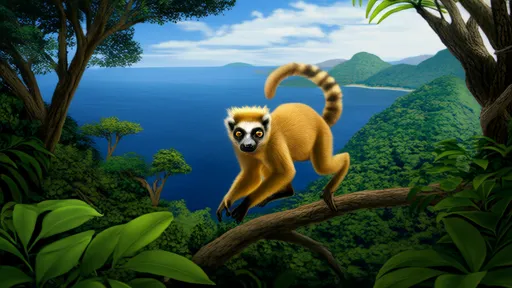
By /Jun 10, 2025
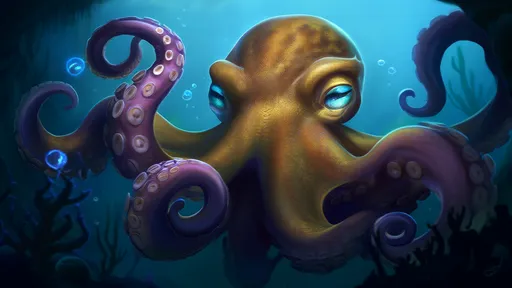
By /Jun 10, 2025
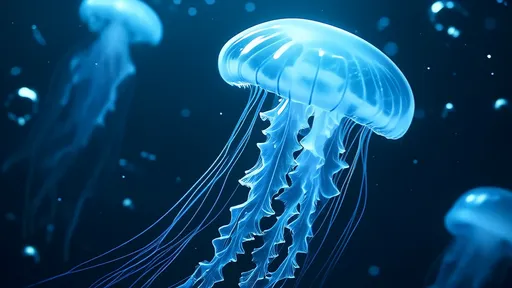
By /Jun 10, 2025
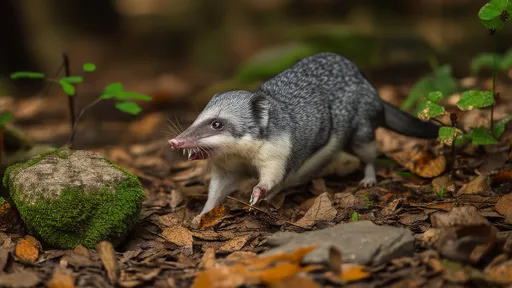
By /Jun 10, 2025
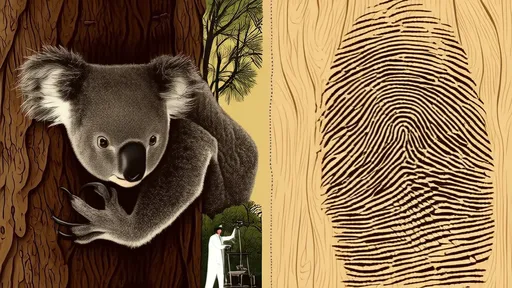
By /Jun 10, 2025
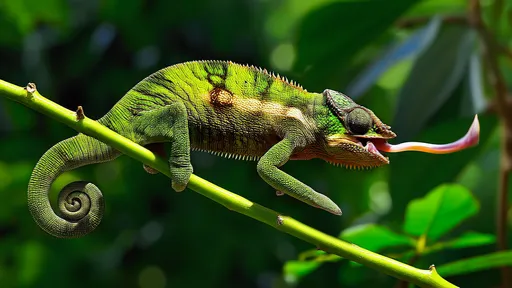
By /Jun 10, 2025
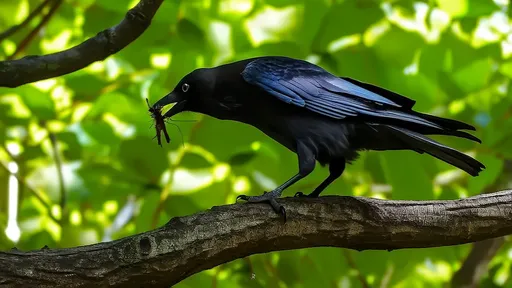
By /Jun 10, 2025
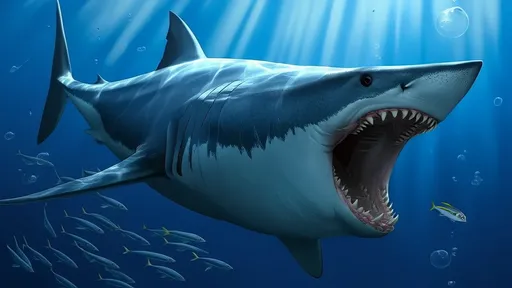
By /Jun 9, 2025
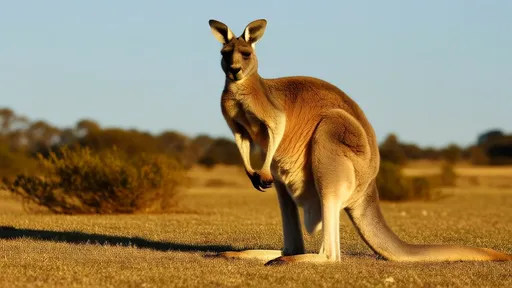
By /Jun 9, 2025
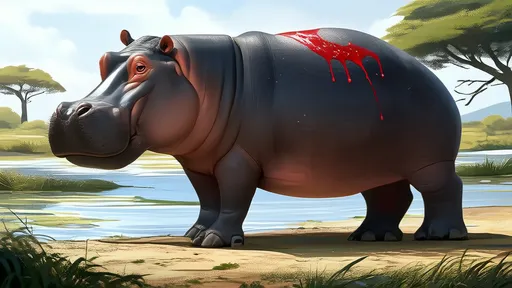
By /Jun 9, 2025
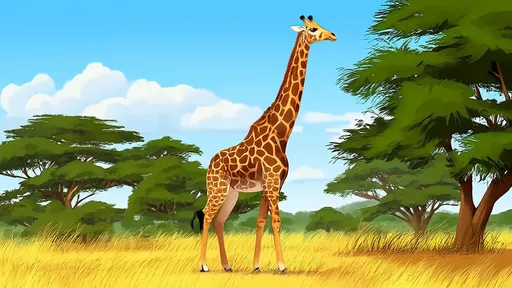
By /Jun 9, 2025
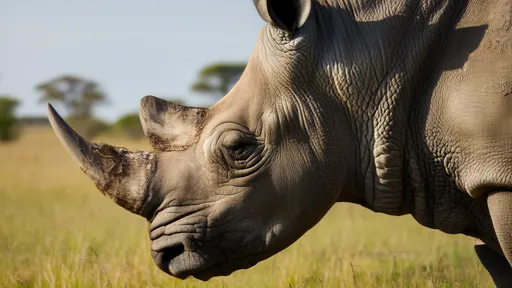
By /Jun 9, 2025
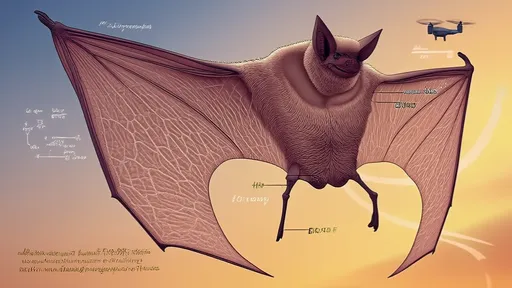
By /Jun 9, 2025
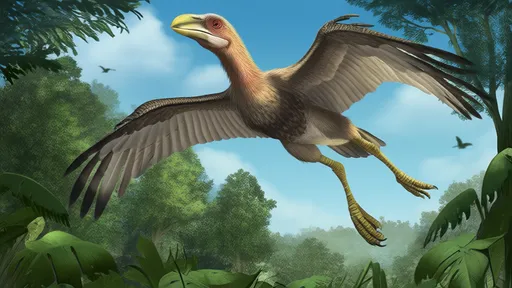
By /Jun 9, 2025
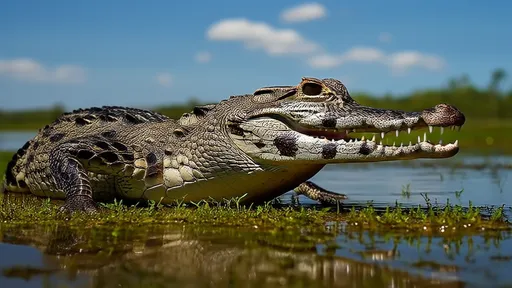
By /Jun 9, 2025

By /Jun 9, 2025
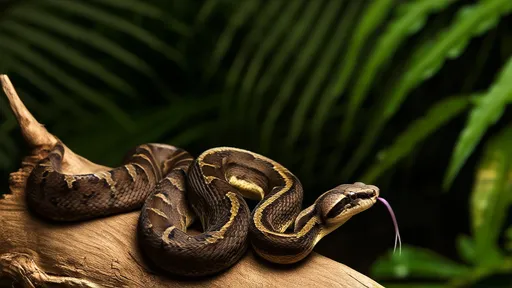
By /Jun 9, 2025
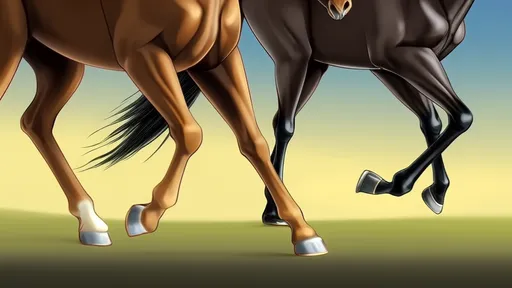
By /Jun 9, 2025
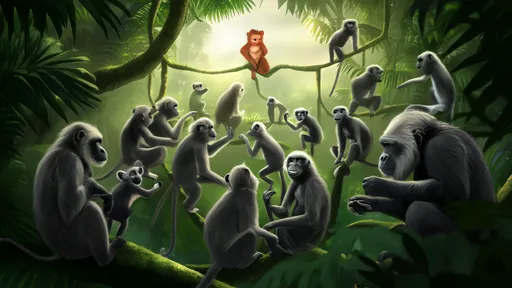
By /Jun 9, 2025
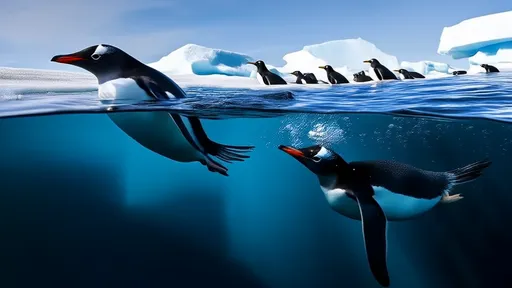
By /Jun 9, 2025